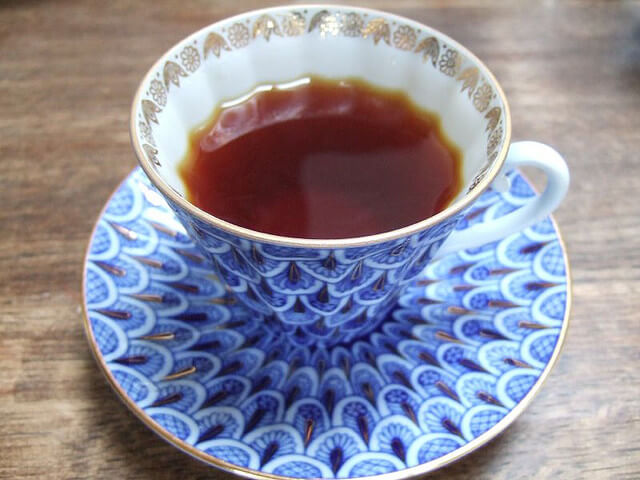“That’s a samovar!” I exclaimed excitedly.
My in-laws were visibly surprised. “Do you know what this is?”
“Of course I do! We have two of them at my parents’ place in Warsaw! The word samovar is Russian, and it means ‘self-boiler,’” I explained.
I like to think this was the moment my future in-laws accepted me as one of their own.

How to Use a Samovar
My parents in Warsaw have not one but two beautiful samovars. They never used them, but apparently my grandparents did serve tea out of them when they had guests. Samovars originated in Russia but are also used in Iran, Kashmir, and Turkey (where portable samovars are used to sell the most delicious tea). They have this beautiful, easily recognizable form. The modern ones are electric -- equipped with a cable -- but the old samovars were heated with charcoal, coal, or pine cones.
The way it works is that you fill up the samovar with hot water. Then, you put a pot of extremely strong tea concentrate, called заварка (zavarka), on top. Then, you pour the tea concentrate into glasses or China cups. Russians use special glasses that they put into beautiful holders made of metal. My father actually has a set of such tea cups and holders, and in the rare instances he actually drinks tea, he does so from these glasses.

Drinking Tea from the Samovar
A samovar is an indispensable part of Russian culture. It holds the place of honor at the table and it’s the lady of the house’s job to pour the tea. The Russians also believe that the samovar has a soul; they say it sings because it makes different sounds while the water boils.
In Russia, you put sugar cubes into your tea (and apparently, you put the sugar cube on the spoon and sip the tea through the sugar), but some stir in a spoonful of homemade jam instead (sour cherry is the most popular). Others, as my Russian friend informed me, use mint or blackcurrant leaves. Since we do have a sour cherry tree, I make my own jam (which is more like cherries in syrup) every year, and not a small amount goes into my tea. It will add a beautiful sweet and slightly sour flavor to the strong black tea.

My parents never used the samovar, and my in-laws didn’t either, but I can’t stop fantasizing about having one on my own. Maybe I wouldn’t use it to brew tea just for myself; it would be a waste of time and energy. But I could definitely make cups of beautiful, strong, and flavorful black tea for my guests. For now, we don’t have the space (and besides, the samovar isn’t the most child-friendly kitchen utensil out there), but maybe I’ll ask my parents to bring me one someday.
I really believe in the magic of tea. I imagine the samovar can bring family and friends together. Standing on the most important spot on the table, it places tea in the center of home life, creating an atmosphere of openness, togetherness, and happiness -- one that would make everyone slow down, sit down, and gather around the samovar for a glass of steamy, strong deliciousness.
Photo credits: author, Silar, and teaandcakes.

!['Chocoholic' Chocolate Tea Variety Pack [6-Pack Variety of Flavors]](http://www.plumdeluxe.com/cdn/shop/files/2.01-1800x1800-PlumDeluxe-DAJ-274695.jpg?v=1736886689&width=165)
![Patisserie Dessert Tea Variety Pack [6-Pack Variety of Flavors]](http://www.plumdeluxe.com/cdn/shop/files/4.01_-_1800_x_1800_-_Plum_Deluxe_-_DAJ_-_274695.jpg?v=1736886720&width=165)















